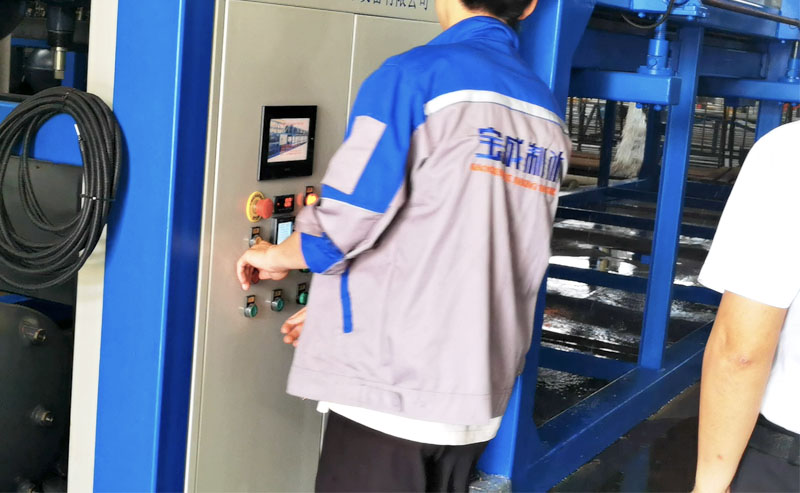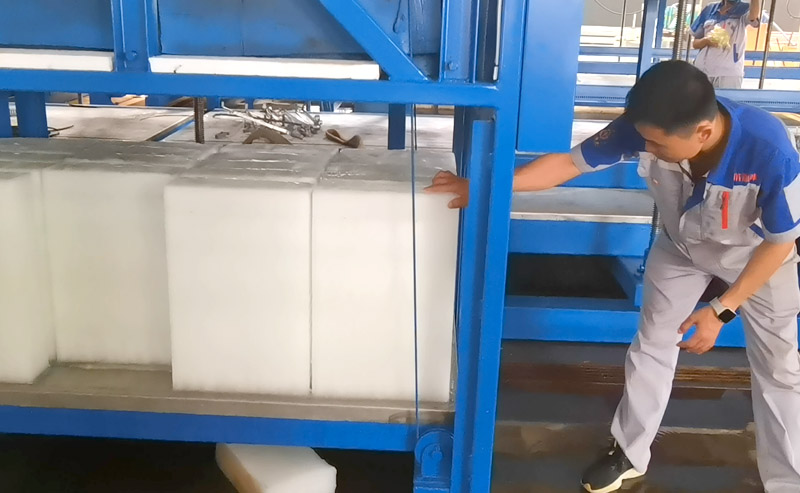 November 22, 2025
November 22, 2025


In the realm of industrial cold chain logistics, food processing, and chemical production, the industrial block ice making machine plays a critical role. However, unexpected malfunctions may occur during operation due to equipment wear, environmental changes, or operational errors. Timely and proper response not only ensures production safety but also extends the service life of the equipment. In this article, we will detail common emergency scenarios and countermeasures for large ice block production systems, along with preventive maintenance recommendations.
Whether it's a 10 tons ice block making machine or a 15 tons industrial big block ice maker machine, the principle of making block ice relies on efficient refrigeration systems and stable mechanical operation. The direct cooling ice block machine, in particular, demands higher stability and maintenance. Understanding how to address emergencies can significantly reduce downtime and economic losses.
Causes: Refrigerant leakage, poor condenser heat dissipation, scaling in the water system (e.g., clogged filters), high ambient temperature, or insufficient refrigerant.
Response:
Causes: Malfunction of the de-icing solenoid valve, ice thickness sensor failure, heating system abnormality, or control circuit issues.
Response:
Causes: Fan failure, clogged condenser, overcharged refrigerant, or insufficient cooling water flow.
Response:
Causes: Pipe corrosion, cracked weld points, or aged seals.
Response:
Causes: Aged wiring, insulation failure due to humidity, or overload.
Response:

To minimize emergencies, regular maintenance is essential:
An efficient industrial block ice making machine is the backbone of many industries. By understanding common issues such as refrigeration faults, electrical errors, and mechanical failures, operators can respond swiftly and effectively. Regular maintenance not only prevents emergencies but also enhances the longevity and performance of your large ice block maker machine.

At BAOCHARM, we offer expert solutions for direct cooling ice block machines and custom-designed systems. Whether you operate a 10 tons ice block making machine or a 15 tons industrial big block ice maker machine, our technical team is ready to assist with emergency repairs and routine maintenance.
Our Contacts
Email: sales@baocharm.com
WhatsApp: +86 17663537579
Wechat: +86 17663537579
Working Hours: Mon ~ Sat 8:30 AM - 5:30 PM